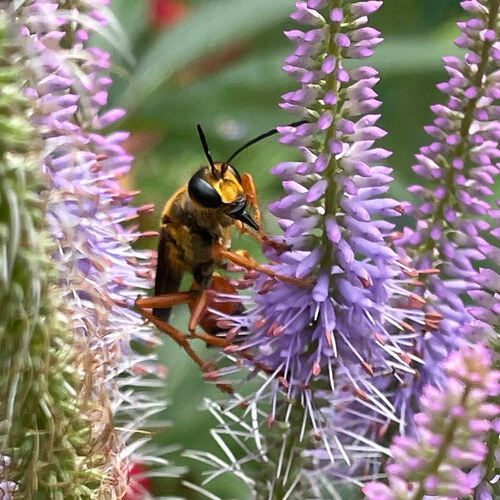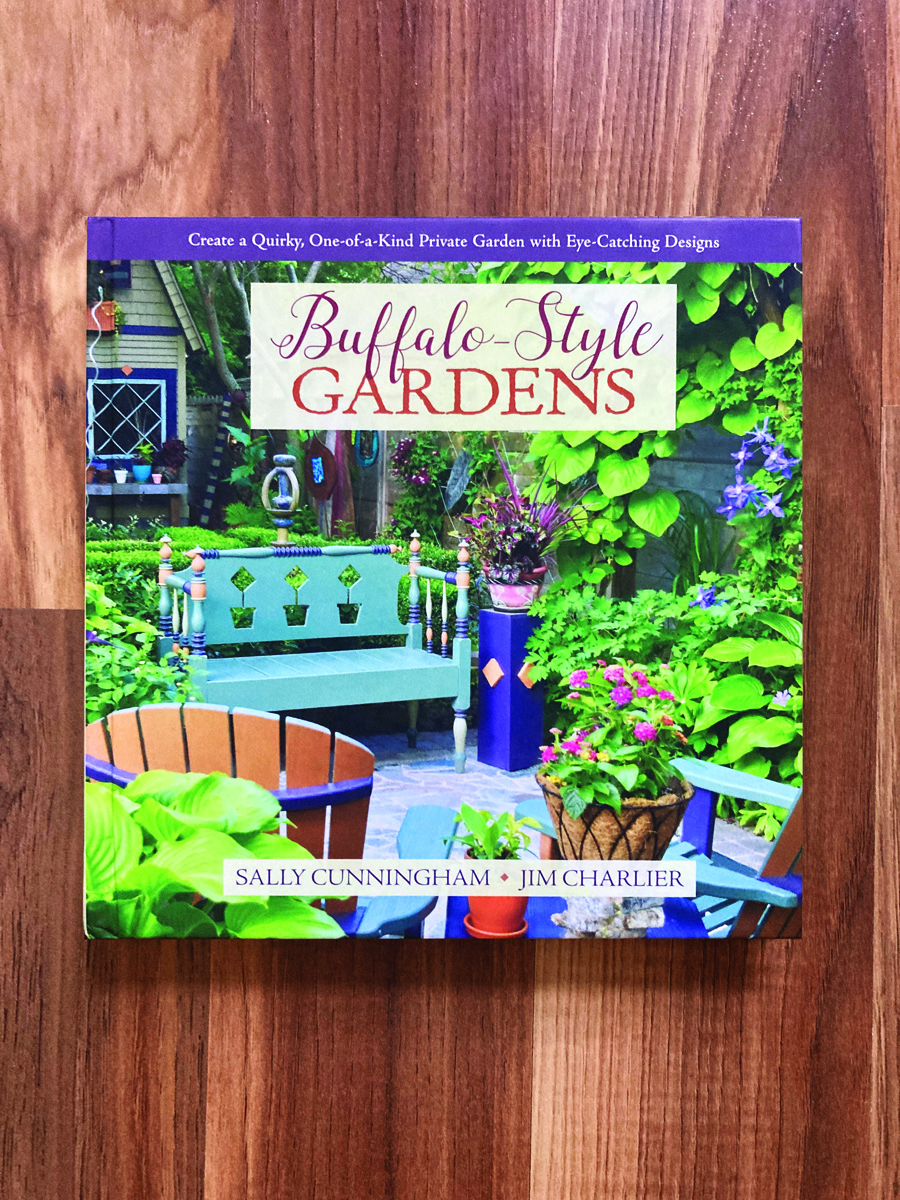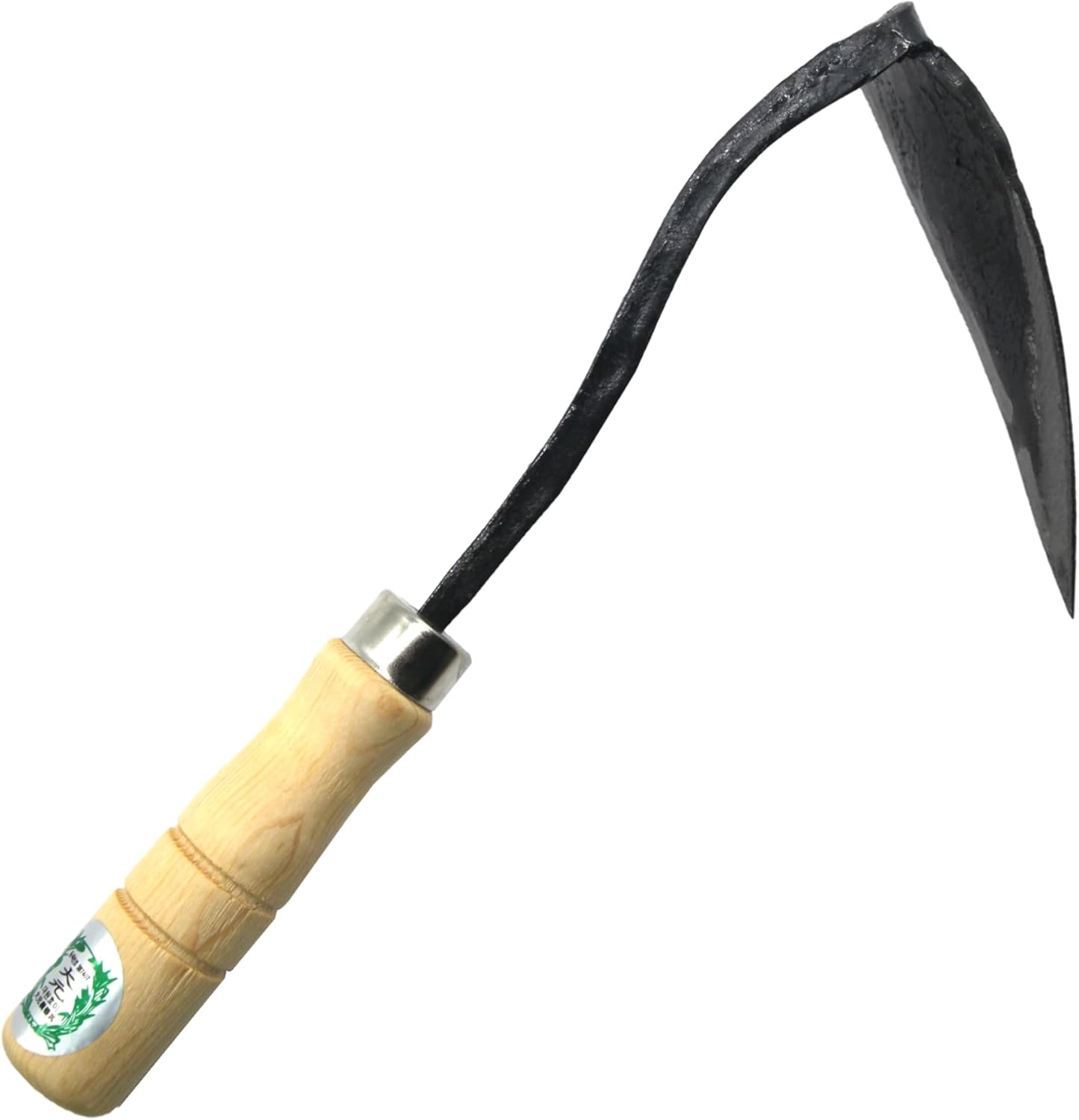
Hi GPODers!
Gardeners tend their landscapes for a wide variety of reasons, but one reason is the most prolific and historic: To produce food. While this might conjure images of huge farms with expansive fields of crop, or simple raised beds full of fluffy greens, the healthiest vegetable gardens are often also filled with flowers. Mark Montgelas has shared photos of his small but spectacular vegetable patch in Vermont, and shows that growing food can be a gorgeous endeavor.
Greetings, the following pictures are from my garden in Ludlow, Vermont. My tiered garden is located on Okemo Mountain where we summer. I thought you might like a little change featuring a mostly vegetable garden that includes many companion flowers and flowering veggies. The garden includes many flowering pole beans, gorgeous cucumbers, tomatoes and winter squash. Some of the companion flowers include Valkyrie aster (Callistephus chinensis ‘Valkyrie’, annual), Cactus zinnia (Zinnia elegans ‘Cactus’, annual), calendula, marigold and nasturtium. So much fun to grow and rewarding for my delicious seasonal treats.
 To begin, a wide view of Mark’s garden shows that the companion flowers aren’t the only plants adding beauty to the space. Climbing vines from pole beans and squash create vertical interest along every trellis and structure.
To begin, a wide view of Mark’s garden shows that the companion flowers aren’t the only plants adding beauty to the space. Climbing vines from pole beans and squash create vertical interest along every trellis and structure.
 Companion plantings, of course, are not just there to make the vegetable garden a little prettier. These beneficial blooms attract a variety of pollinators that help pollinate Mark’s plants and hopefully lead to a more abundant harvest. One of these pollinators is a pearl crescent butterfly (Phyciodes tharos) enjoying a bright orange nasturtium.
Companion plantings, of course, are not just there to make the vegetable garden a little prettier. These beneficial blooms attract a variety of pollinators that help pollinate Mark’s plants and hopefully lead to a more abundant harvest. One of these pollinators is a pearl crescent butterfly (Phyciodes tharos) enjoying a bright orange nasturtium.
 Though we often associate pollinating with bumblebees and butterflies, some less-loved insects play this vital role as well. Wasps also rely on nectar for energy, as this one is collecting from a purple Culver’s root (Veronicastrum virginicum, Zones 3–8), and will disperse pollen as it travels from flower to flower. Some plants, like figs, are completely reliant on wasps for pollination. Read more on wasps from the U.S. Forest Service: Wasp Pollination.
Though we often associate pollinating with bumblebees and butterflies, some less-loved insects play this vital role as well. Wasps also rely on nectar for energy, as this one is collecting from a purple Culver’s root (Veronicastrum virginicum, Zones 3–8), and will disperse pollen as it travels from flower to flower. Some plants, like figs, are completely reliant on wasps for pollination. Read more on wasps from the U.S. Forest Service: Wasp Pollination.
 Lastly, an Eastern tiger swallowtail (Papilio glaucus) enjoying a sweet sip from some pink and yellow calibrachoa blooms.
Lastly, an Eastern tiger swallowtail (Papilio glaucus) enjoying a sweet sip from some pink and yellow calibrachoa blooms.
Thank you so much for sharing your mighty and marvelous veggie garden with us, Mark! I’m gearing up for seed starting soon and you’re inspiring me to add more companion plants to my list this year.
And a lovely reminder that we enjoy seeing gardens of all shapes, sizes, and purposes on Garden Photo of the Day! Whether you grow strictly for beauty, for the delicious fruit you produce, or the food and shelter you’re able to provide for crucial insects and wildlife, follow the directions below to show us how and why you garden.
Have a garden you’d like to share?
Have photos to share? We’d love to see your garden, a particular collection of plants you love, or a wonderful garden you had the chance to visit!
To submit, send 5-10 photos to [email protected] along with some information about the plants in the pictures and where you took the photos. We’d love to hear where you are located, how long you’ve been gardening, successes you are proud of, failures you learned from, hopes for the future, favorite plants, or funny stories from your garden.
Have a mobile phone? Tag your photos on Facebook, Instagram or Twitter with #FineGardening!
Do you receive the GPOD by email yet? Sign up here.
Fine Gardening Recommended Products

Buffalo-Style Gardens: Create a Quirky, One-of-a-Kind Private Garden with Eye-Catching Designs
Fine Gardening receives a commission for items purchased through links on this site, including Amazon Associates and other affiliate advertising programs.
Buffalo-Style Gardens is a one-of-a-kind, offbeat garden design book that showcases the wildly inventive gardens and gardeners of Buffalo – and offers readers “the best of the best” ideas to use in their own small-space gardens.

The New Organic Grower, 3rd Edition: A Master’s Manual of Tools and Techniques for the Home and Market Gardener, 30th Anniversary Edition
Fine Gardening receives a commission for items purchased through links on this site, including Amazon Associates and other affiliate advertising programs.
Since its original publication in 1989, The New Organic Grower has been one of the most important farming books available, with pioneer Eliot Coleman leading the charge in the organic movement in the United States. Now fully illustrated and updated, this 30th Anniversary Edition is a must-have for any agricultural library.

Ho-Mi Digger – Korean Triangle Blade
Fine Gardening receives a commission for items purchased through links on this site, including Amazon Associates and other affiliate advertising programs.
Versatile Tool: The Easy Digger Korean Triangle Blade Ho Mi Ho-mi is a versatile gardening tool designed for leveling and digging in home and garden settings. Efficient Design: Its unique triangular blade shape allows for easy soil penetration and efficient leveling of garden beds or landscaping areas. Durable Construction: Crafted with sturdy materials, this tool ensures long-lasting performance and reliability.
Ergonomic Handle: The comfortable handle provides a secure grip, reducing hand fatigue during extended use. Compact Size: Its compact design makes it easy to maneuver in tight spaces and store when not in use.








